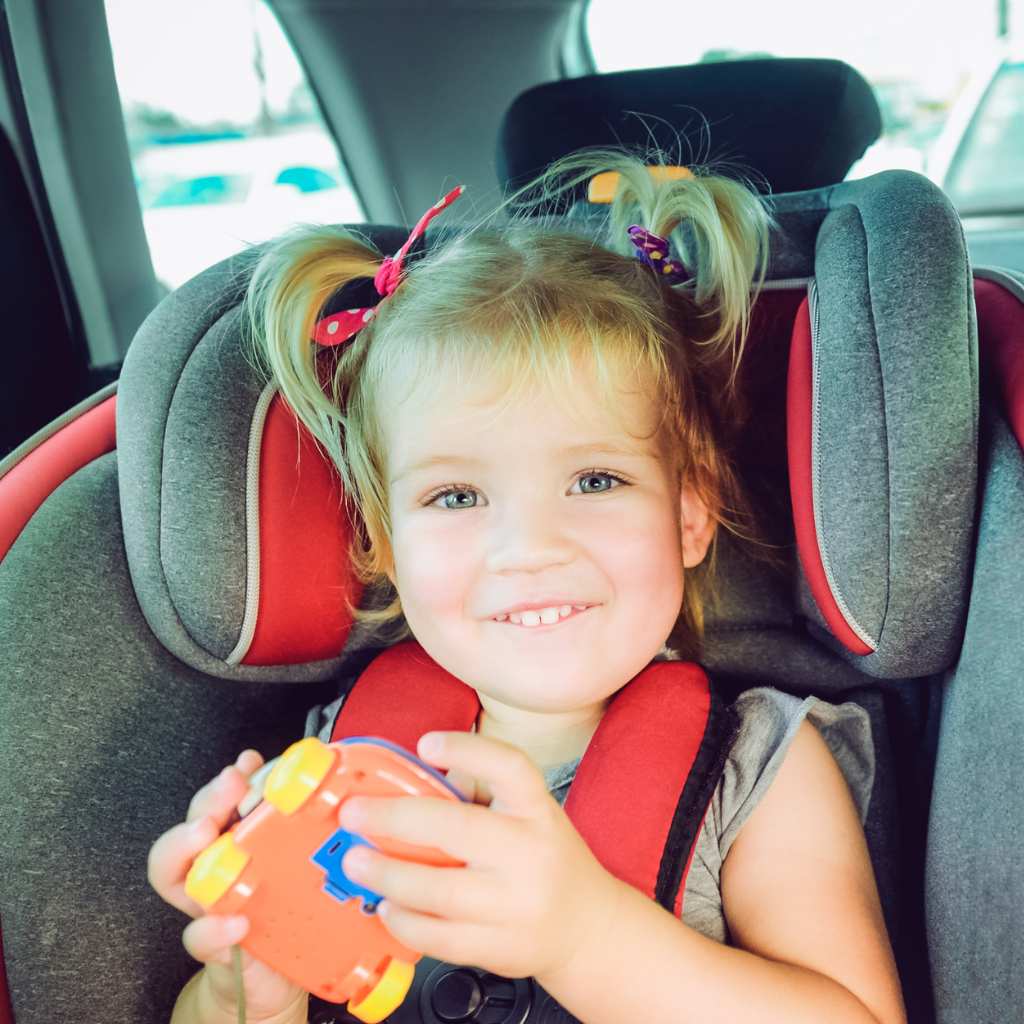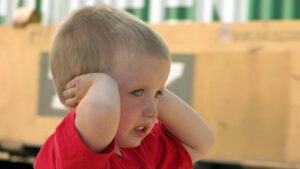Tabla de contenidos
How does autism affect car safety?
Car rides can sometimes be a peaceful break in the day or a moment of stress for any family. However, for parents of children with autism, the experience is different and even demanding. For many, something as routine as buckling a child into their car seat can become a significant obstacle, filled with emotional stress, sensory overwhelm, and behavioral resistance. The issue of autism and car seats isn’t just about making sure a child is safely secured—it’s about navigating the unique sensory and emotional needs that come with someone having trastorno del espectro autista (TEA).
Families often discover that what works for neurotypical children doesn’t always apply when autism is involved. Car seats might trigger meltdowns, provoke anxiety, or feel physically intolerable due to their design or texture. Even short car rides with autism can become overwhelming if a child feels confined, overstimulated, or uncertain about where they’re going. And for caregivers, trying to maintain safety without escalating distress can be one of the most demanding balancing acts of daily life.
That is why understanding car seats for individuals with autism requires more than checking for correct installation. Keep reading this blog by ABA Centers of Florida, as we will explain how to create a safe car ride for children and caregivers.
Why Car Seats Can Be a Struggle for Children with Autism

Understanding the connection between autism and car seats begins with recognizing the sensory, cognitive, and behavioral differences that come with the condition. While every child on the spectrum is different, many experience heightened sensory sensitivity. The tight straps of a car seat, the unfamiliar texture of seat covers, or the pressure of the harness against their body can feel unbearable.
In addition, children with autism may struggle with transitions or unexpected changes in routine. Getting into a car, being buckled in, and not knowing exactly where they’re going can provoke anxiety and even aggressive behaviors. Some children may also have difficulty sitting still for long periods, especially in environments that restrict their movement and sensory regulation options.
Communication differences also affect how a kid with autism behaves and experiences a car ride. A nonverbal child or one with limited language skills may not be able to express that they’re hot, uncomfortable, or scared. Instead, their discomfort may come out through crying, screaming, kicking, or trying to escape the car seat altogether.
Moreover, a study by The American Journal of Occupational Therapy reviewed 82 cases in a children’s hospital and found that nearly three out of four children with autism were able to get out of their car seats or safety restraints while traveling. In addition, more than 20% of parents reported that their children exhibited aggressive or self-injurious behavior during car rides.
What Parents Need to Know About Car Seats for Individuals with Autism
When selecting car seats for individuals with autism, parents often find themselves in unfamiliar territory. Not all car seats are created equal, and some features that seem minor can make a significant difference. Let’s take a moment to break this down:
Types of Car Seats and What to Consider
- Infant Car Seats: Typically rear-facing and used from birth up to 30–35 pounds. While suitable for early months, they can be restrictive and may overstimulate children who are particularly sensitive to enclosed spaces or physical constraints.
- Convertible Car Seats: These grow with your child and can transition from rear-facing to forward-facing. Some models offer additional padding, breathable fabrics, and adjustable features that can be helpful for sensory comfort.
- Combination Car Seats / Harness-to-Booster: These seats work well for older children who still need a five-point harness but will eventually transition to a booster seat. Some of these seats include harness covers or locking mechanisms for children prone to unbuckling.
- Booster Seats: These seats are designed for children over 40 pounds who are mature enough to sit with a seat belt. However, children with autism may still need the structure and support of a harnessed seat, even past the typical age range.
- Special Needs Car Seats: Some brands offer adaptive car seats specifically designed for children with behavioral, sensory, or physical challenges. These seats may include added side supports, higher weight limits, and escape-proof features.
Check aquí for more recommendations from the National Highway Traffic Safety Administration about car seats for children.
5 Strategies for Friendly Autism and Car Seats Experience
Now that you know which car seat you need for your loved one according to their needs, let’s look at how to make autism and car seats safe and not a challenging experience for everyone.
Making car rides with autism more peaceful and safer requires preparation, patience, and a personalized approach. Here’s how to build a better and safer experience step by step:
1. Prepare in Advance
- Include social stories or visual schedules to explain what’s about to happen. Predictability helps reduce anxiety.
- Practice getting into the car seat while the car is parked and not moving. Gradually increase the time spent buckled in.
2. Incorporate Sensory Tools
- Consider weighted lap pads, noise-canceling headphones, or fidget toys during the ride
- Some children feel more secure with a blanket or a specific texture to touch

3. Create a Comforting Environment
- Maintain a calm and consistent routine around car rides
- To provide reassurance, use soothing music and familiar scents
4. Address Escape Behaviors Early
- Use a car seat with built-in escape deterrents
- Reinforce positive behavior with praise, tokens, or small rewards for staying seated calmly
5. Take Breaks When Needed
- For longer trips, plan rest stops where your child can stretch and reset
- Pay attention to signs of rising stress or discomfort and intervene before a meltdown begins
Check out this car safety guide by Indiana University, which provides valuable tips for safe transportation.
How ABA Therapy Supports Car Safety and Independence
For many families, ABA therapy is a crucial support system, not just as a professional guide at home or in school but in daily routines like car rides. ABA therapists help children build tolerance for transitions, reduce anxiety around unfamiliar situations, and learn safety skills in a step-by-step, supportive way.
If your child struggles with behaviors like resisting the car seat, trying to escape, or having meltdowns during rides, an ABA provider can work with you to create a personalized plan. That might include desensitization strategies, teaching alternative coping mechanisms to manage anxiety and sensory processing, reinforcement systems, or communication tools to express needs more effectively.
ABA Centers of Florida: Top Autism Care Provider
En ABA Centers of Florida, we understand that autism and car seats aren’t just about getting from point A to point B. They’re about helping your child feel safe, respected, and empowered—no matter the journey. Whether you’re facing daily resistance or sensory meltdowns or need support introducing new routines, we’re here to help.
Our team of trained BCBAs and RBTs works alongside families to create personalized therapy plans that meet children where they are: at our centers, at home, in the car, or in the community environment. Through compassion, expertise, consistent support, and personalized ABA therapy plans, we help children build skills that last far beyond the therapy session and into real-life situations like family outings, school drop-offs, and doctor visits.
If you need help with your loved one’s challenging behaviors, need to create a safer environment, or want to promote positive skills and independence, call us at (772) 773-1975 o contáctenos a través de our online form and speak with one of our experts to start your process and verify your insurance benefits.








